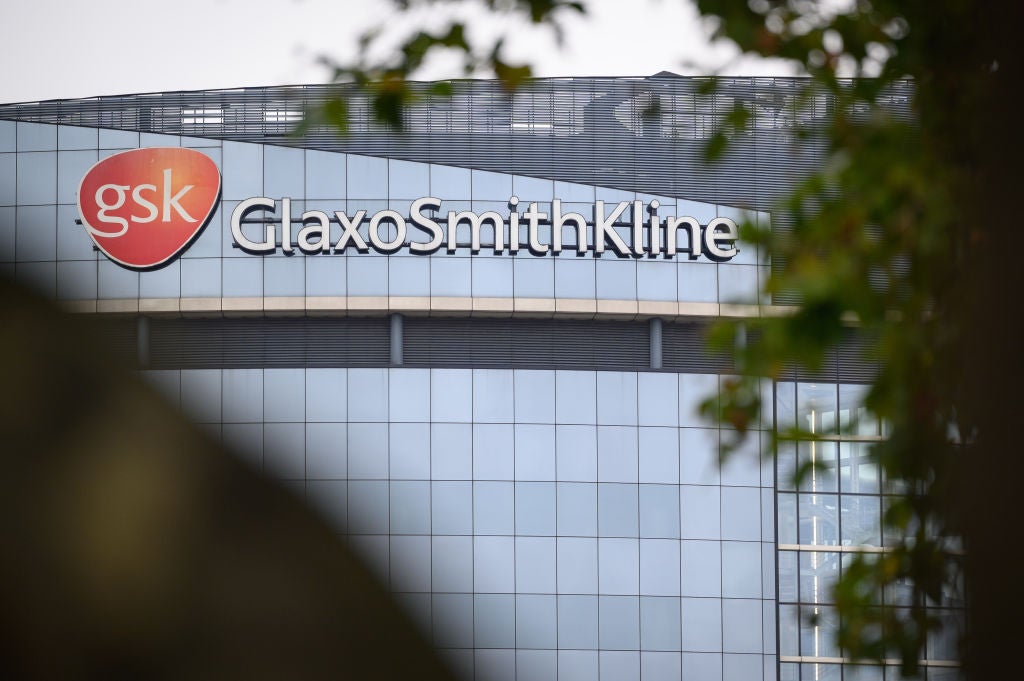
The Covid-19 pandemic caused overall foreign direct investment (FDI) project numbers to decline by 17.4% in 2020, when compared with 2019 figures. Most sectors were negatively impacted, including FDI in pharmaceuticals, despite all eyes being on healthcare and pharmaceutical industries as a result of the outbreak of the pandemic.
According to GlobalData’s database, greenfield pharmaceutical FDI projects totalled 313 in 2019 but dropped to 281 in 2020 – the year the pandemic was declared.
Out of the 594 projects tracked over this two-year period, the majority (60.4%) were new projects and the rest were expansion projects.
When it comes to the subsectors, the data shows that 87% of the projects announced or opened over this two-year period have been in pharmaceutical products and 13% in clinical research and trials. The clinical subsector is mostly comprised of investment activity coming from clinical research organisations and companies providing products and services that support research and the clinical stage of drug development.
What are the leading global regions for pharmaceutical FDI?
Western Europe was the leading region when it came to attracting FDI projects across all pharmaceuticals subsectors, with 40% of all projects announced or opened globally over this two-year period. The region saw a 7% increase in project numbers in 2020 when compared with 2019.
Asia-Pacific and North America were also popular destinations, despite experiencing a drop in pharmaceuticals FDI in 2020 compared with 2019. The regions that witnessed the largest year-on-year decline were sub-Saharan Africa and South America.

US Tariffs are shifting - will you react or anticipate?
Don’t let policy changes catch you off guard. Stay proactive with real-time data and expert analysis.
By GlobalDataWhen analysing the leading destinations per subsector, the data shows that Asia-Pacific was the top region for inbound FDI projects related to clinical research and trials. As for the pharmaceutical products subsector, western Europe was the top destination, followed by North America and Asia-Pacific.
What are the leading countries for pharmaceutical FDI?
Although western Europe was the leading region for the pharmaceutical products subsector across the two years, the US was the country that attracted by far the most inbound FDI projects in this field, with 92. Most of these investments came from Germany (20), the UK (18) and Switzerland (10).
The UK-based GSK (formerly GlaxoSmithKline) expanded its facility in Maryland, US, in this period, with an investment worth $139m.
GSK also announced the expansion of its manufacturing site in Hamilton, Montana, in 2020. The company is intending to invest $100m in the expansion of its vaccine manufacturing plant in the city.
Other leading countries for inbound investments in the pharmaceutical products subsector are Canada, China, France, Germany, Ireland, the Netherlands, Russia, Spain, Switzerland and the UK.
In the clinical research and trials subsector, China was the top destination country, recording 15 projects in 2019–20. Out of these, 14 projects came from the US.
PPD, the US-based contract research company that provides comprehensive, integrated drug development, laboratory and life cycle management services, announced plans to open a new laboratory in Suzhou, China, in 2020. The company was expecting to create approximately 350 jobs as a result of the expansion in the region.
What are the top pharmaceutical FDI business functions?
Manufacturing was the largest business function in terms of inbound projects for the pharmaceutical products subsector in 2019–20, while there were zero products in this function for the clinical research and trials subsector. The US was the leading destination for manufacturing of pharmaceutical products, with 42 recorded in this two-year period.
Other leading functions for pharmaceutical products include sales, administration and marketing as well as research and development (R&D).
Business and professional services was the top function for the clinical research and trials subsector, followed by R&D. China was the leading destination for both R&D and business and professional services for this period.
Where are the leading pharmaceutical investors located?
The US was the leading source market for outbound pharmaceutical FDI, for both pharmaceutical products and clinical research and trials. Companies from the US invested in 106 projects related to pharmaceutical products and 42 related to clinical research and trials in 2019 and 2020.
Germany-based investors focused on pharmaceutical products, backing 80 greenfield projects in this subsector, and only two in clinical research and trials.
There were 66 projects announced or opened by UK based investors in the two-year period. Out of them, 59 projects were in pharmaceutical products and only seven in clinical research and trials.
Many sectors are expected to recover quickly in the post-Covid-19 era, but it remains to be seen if FDI in pharmaceuticals is going to bounce back across the whole industry or whether it is going to be a case of specific regions or countries recovering faster than the whole market. Western Europe experienced an increase in pharmaceuticals FDI inbound projects in 2020, which shows that the region remained an attractive location for investors in spite of the pandemic. On the other hand, the US experienced a drop in inbound FDI projects in 2020, but it is still the global leader in pharmaceutical FDI, ranking at the top of inward and outward FDI tables in both 2019 and 2020.



